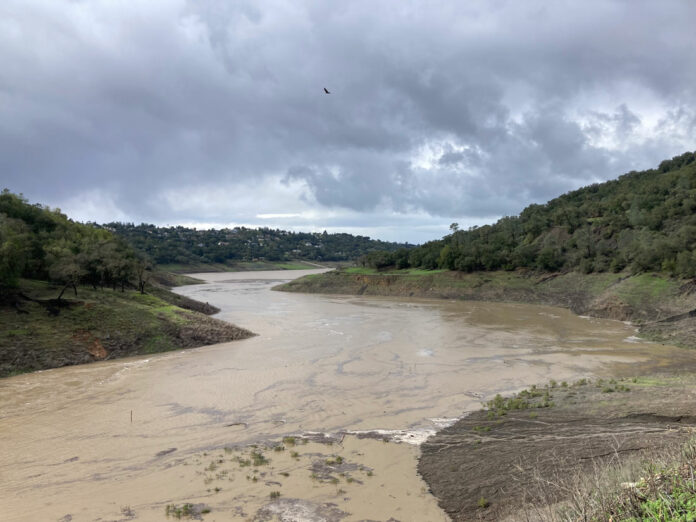
The Santa Clara Valley Water District’s board of directors voted unanimously April 11 to rescind a “water shortage emergency” that was declared in 2021 during a historic statewide drought.
But Valley Water officials still want local residents, businesses and other customers to conserve water. The board also at the April 11 meeting implemented a 15% voluntary water use reduction for Santa Clara County, according to Valley Water staff. The seven-member board also directed CEO Rick Callendar to return at a future meeting with recommendations for further actions to support water conservation “as a way of life in our county and state.”
Water authorities will continue to enforce its water waste restrictions, including a two-day-per-week watering limit for residential non-functional turf, said Valley Water spokesperson Matt Keller.
Valley Water initially declared a water shortage emergency in Santa Clara County in June 2021, after the region and state had suffered through several years of abnormally dry winter seasons.
But the winter of 2022-23 has been one of the wettest in California in recent memory, resulting in reservoirs filling to capacity and the Sierra snowpack piling higher than it has been in years.
The U.S. Drought Monitor, a federally run classification system, has steadily removed portions of California out of “severe” and “extreme” drought zones throughout the recent winter. Most of the state, including the Bay Area, is now completely drought-free, according to the U.S. Drought Monitor.
In March, Gov. Gavin Newsom rescinded a statewide call for 15% voluntary water conservation—an action that helped the local board decide to follow suit.
“Valley Water’s water supply outlook has improved considerably, due to several atmospheric rivers since December 2022,” says a Valley Water staff report presented at the April 11 board meeting. “In January 2023, California experienced one of the wettest three-week periods on record, yielding a snowpack that is well above average. In response to the improved hydrologic conditions, imported water allocations have been increased significantly. In addition to imported water allocations improving, Valley Water’s 10 local reservoirs are collectively at 180% of restricted storage capacity and the 2023 end of year groundwater storage is projected to be in the normal range.”
Valley Water staff released a video showing the dramatic effect this winter’s storms have had on its reservoirs. Coyote Reservoir in Gilroy was at 21% capacity in August 2021, and had reached 108% in January 2023. Uvas Reservoir was at 18% in August 2021, and 103% by January.














